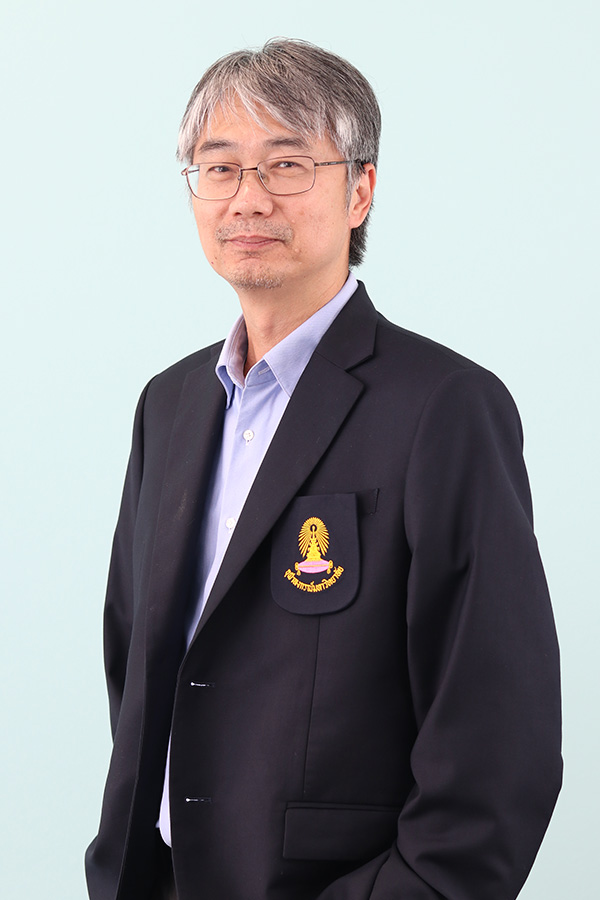
Professor Boonchai Techaumnat, Ph.D.
ศ. ดร.บุญชัย เตชะอำนาจ
Education
- Ph.D. (Electrical Engineering), Kyoto University, Japan, 2001
- M.Eng. (Electrical Engineering), Chulalongkorn University, Thailand, 1995
- B.Eng. (Electrical Engineering), Chulalongkorn University, Thailand, 1990
Email: Boonchai.T@chula.ac.th
Homepage: https://boonchaikyoto.wixsite.com/website
Research Interest
- High-voltage engineering
- Transmission-line technologies
- Numerical field analysis
- Particle Electromechanics
- Bioelectromagnetics
- Micro-Nano engineering
- Lab-on-a-Chip / Microfluidics
Research Cluster

